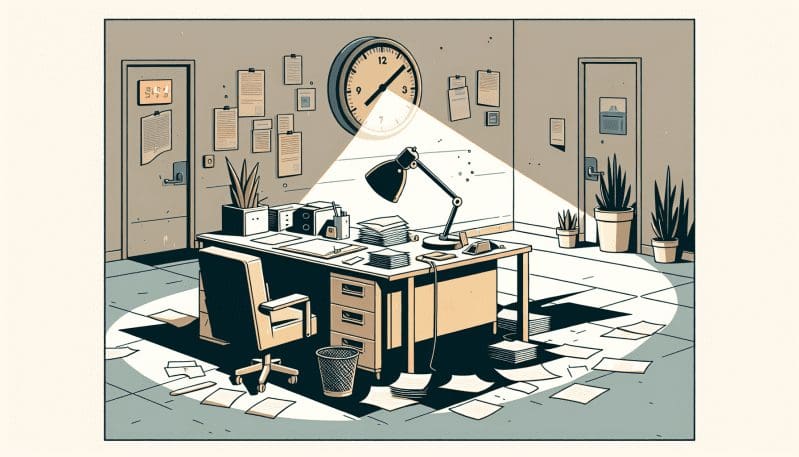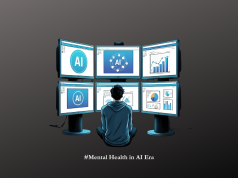In the hallowed halls of government institutions where the engines of public policy churn, there lies an insidious and unseen force at play – an epidemic of stress and anxiety that silently weaves its way through the lives of those who serve the public good. Behind the façade of stoic professionalism and the commendable drive to serve one’s country, many public servants grapple with an array of psychological pressures that go largely unnoticed by the populace they work so diligently to assist.
As a dedicated Work-Life Balance Advocate, it is my mission to pull back the curtain on this critical issue, revealing the often-unspoken struggles faced by those within the government sector. The narrative of public service is one steeped in idealism, but the reality for many is a daily battle against a tide of stressors that can erode mental health and impede professional performance.
The bureaucratic labyrinth that defines much government work is itself a formidable source of stress. Delays, red tape, and procedural complexities can transform what should be straightforward tasks into Herculean challenges. Coupled with this, the political pressures – from shifting leadership and policies to the demands of upholding partisan values – further exacerbate the psychological burden borne by government employees.
High-stakes decision-making, often with direct implications for society, adds another layer to the intricate mosaic of stress. Each decision, each policy crafted, and each law enacted carries weight – a weight that doesn’t easily lift at day’s end. Moreover, public scrutiny – now amplified by the ever-watchful eye of social media – creates an environment where mistakes, large and small, can spawn disproportionate backlash, adding to the already high pressure of public service roles.
Yet, how do these stressors translate to the workforce at large? Studies and personal accounts point towards a marked impact on productivity, engagement, and job satisfaction, with mental health concerns like burnout, anxiety, and depression being alarmingly prevalent. The culture within many government entities, still shackled by a ‘grin and bear it’ mentality, often fails to provide the support systems necessary for employees to thrive amidst these challenges.
In our examination, we draw upon the personal narratives that echo through the corridors of government offices – stories that humanize the statistical data and remind us that at the heart of these issues are real people with real experiences. These stories are not merely anecdotes; they are a clarion call for substantive change.
Comparisons with private sector practices illuminate both shortcomings and potential pathways forward. While both sectors contend with stress, the private sector has often been more agile in adopting innovative workplace wellness initiatives. These include flexible work arrangements, comprehensive mental health supports, and robust employee assistance programs – initiatives that government agencies are now starting to recognize as not just beneficial, but necessary.
As we advocate for this change, we discuss innovative approaches that could be the antidote to this hidden epidemic. These range from destigmatizing mental health discussions in the workplace to incorporating stress management into professional development and fostering leadership that prioritizes employee well-being.
This conversation is not a luxury; it is an imperative. To sustain a government workforce capable of meeting the demands of public service and adapting to the challenges of our times, we must ensure that those who commit their careers to this noble pursuit are supported, valued, and above all, healthy. This is our clarion call for a systematic transformation – a reimagining of what it means to be a government employee, and the kind of environment that will enable them to succeed, not just as professionals, but as individuals striving for balance and well-being in their lives.




























